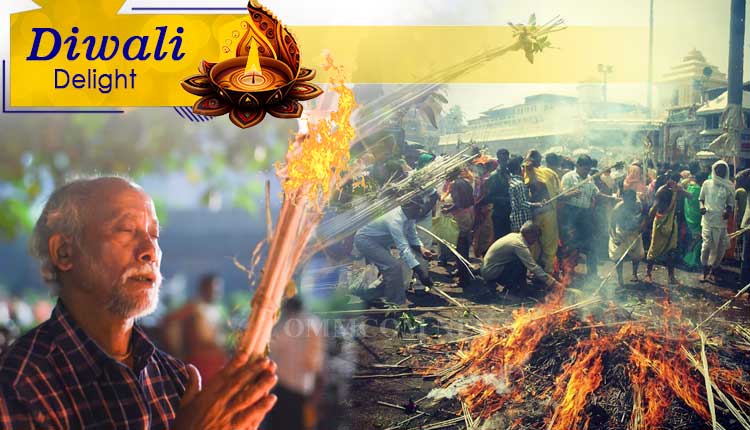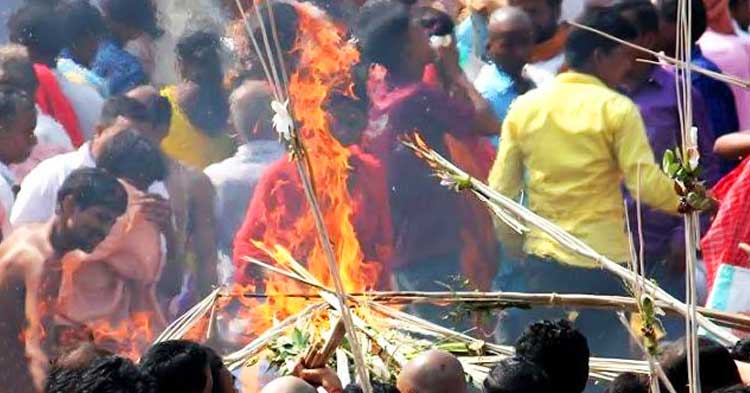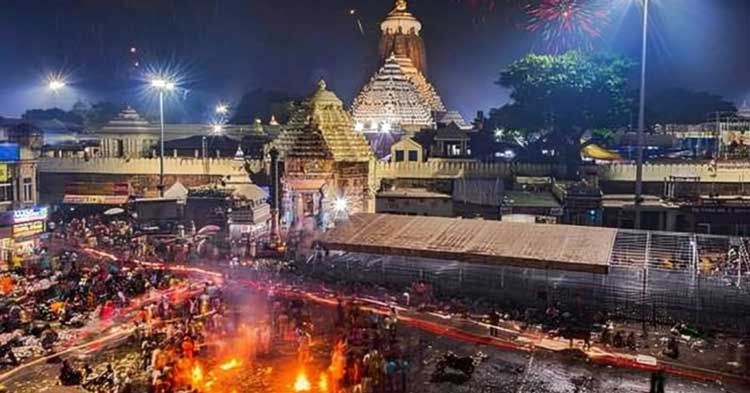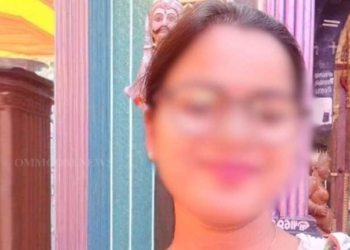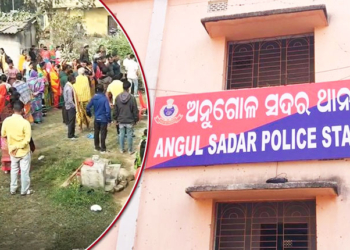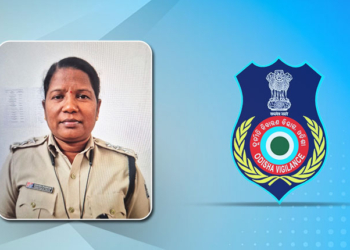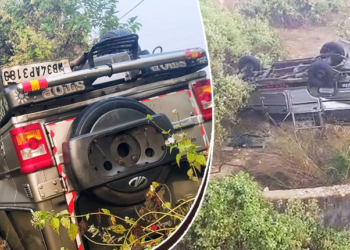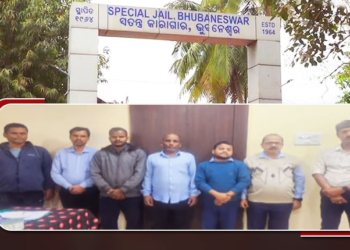Lighting lamps and bursting crackers make Diwali a much-awaited festival across the country. Diwali is also a time to pay homage to forefathers through an age-old ritual called Badabadua Daka. This ritual connects us with our ancestors honouring them for their lives, and humbly bowing to them as the bodies we are created from their bodies.
As the festive season of Diwali unfolds, the air is filled with the warm glow of twinkling lamps and the joyful sound of crackling fireworks. But beyond the vibrant celebrations, Diwali also holds a deeper significance – a time to honour the memories of our forefathers through the poignant ritual of Badabadua Daka.
Badabadua Daka, an ancient custom, is a poignant reminder of our connection to our ancestors. This heartfelt ritual allows us to pay homage to those who came before us, acknowledging the sacrifices they made and the lives they lived. By honouring our forefathers, we humbly recognize that our existence is a direct result of their legacy.
A Timeless Tradition
According to mythology, the spirits of our forefathers descend on Mahalaya and depart on Diwali. To acknowledge their presence, their living successors light kaunria sticks (jute sticks) in the evening, says Jagannath temple servitor Kumar Bhimsen.
He continued: “Thousands converge outside Puri’s Jagannath temple gate to light earthen lamps and offer lighted sticks to their forefathers. This sacred ritual is believed to bring peace to the souls of the departed and earn blessings for their grandchildren.”
“As we light the lamps and offer prayers, we bridge the gap between past and present, weaving a narrative of continuity and heritage. Badabadua Daka symbolizes our gratitude for the values, traditions, and stories passed down through generations. It’s a powerful reminder that our identity is rooted in the sacrifices and struggles of those who came before us”, maintained the servitor.
Legends Behind The Age-old Ritual
The age-old tradition Badabadua Daka is steeped in rich mythology. Dating back to 350 BC, this legend tells the story of Odisha’s sadhabas, merchants who returned from trading expeditions in South Asian countries, bringing with them vast treasures. To welcome them home, people lit earthen lamps, illuminating the path to prosperity and good fortune. This tradition continues to be celebrated as Diwali.
A more legend suggests that Diwali originated as a solution to combat insects that emerged with the arrival of winter. People across Odisha would light diyas to rid their homes of these pests which eventually came to be known as Diwali.
Unveiling The Ritual
Beautiful rangolis in the shape of a sailboat are drawn in the morning. As the evening looms in, people in every household illuminate the Tulsi chaunra and the main entrance of homes with clay lamps. For Trilochan Das, a resident of Puri, this moment is sacred. “The eldest son of every Oriya family traditionally lights the long jute stick, known as kaunriya kathi, and, along with family members, offers it to the sky, chanting ‘Badabadua Daka’ – a heartfelt invocation to their forefathers.”
The ancient ritual is a poignant expression of gratitude, as families beckon their ancestors to descend into the darkness and depart in the light. The air is filled with the soft murmur of prayers: “Badabadua ho aandhaara asi alua re jao. Ganga jao, Gaya jao, Baisi pahanche mahaprasad khai gada gadau thao” which means “Ancestors, come in darkness and go back along the lighted path.”
As thousands of devotees gaze up at the dark sky with jute sticks, the atmosphere transforms into a surreal tapestry of love and remembrance. We light 10 earthen lamps to represent 10 natural elements, 14 lamps for saptarishis and 64 lamps for generations of forefathers on the occasion. This poignant ceremony is more than just a tribute; it’s a celebration of the unbroken thread that binds generations. As the people of Odisha honour their forefathers, they reaffirm their connection to their roots, their culture, and their heritage”, maintained Dash.
By Rashmi Rekha Das




